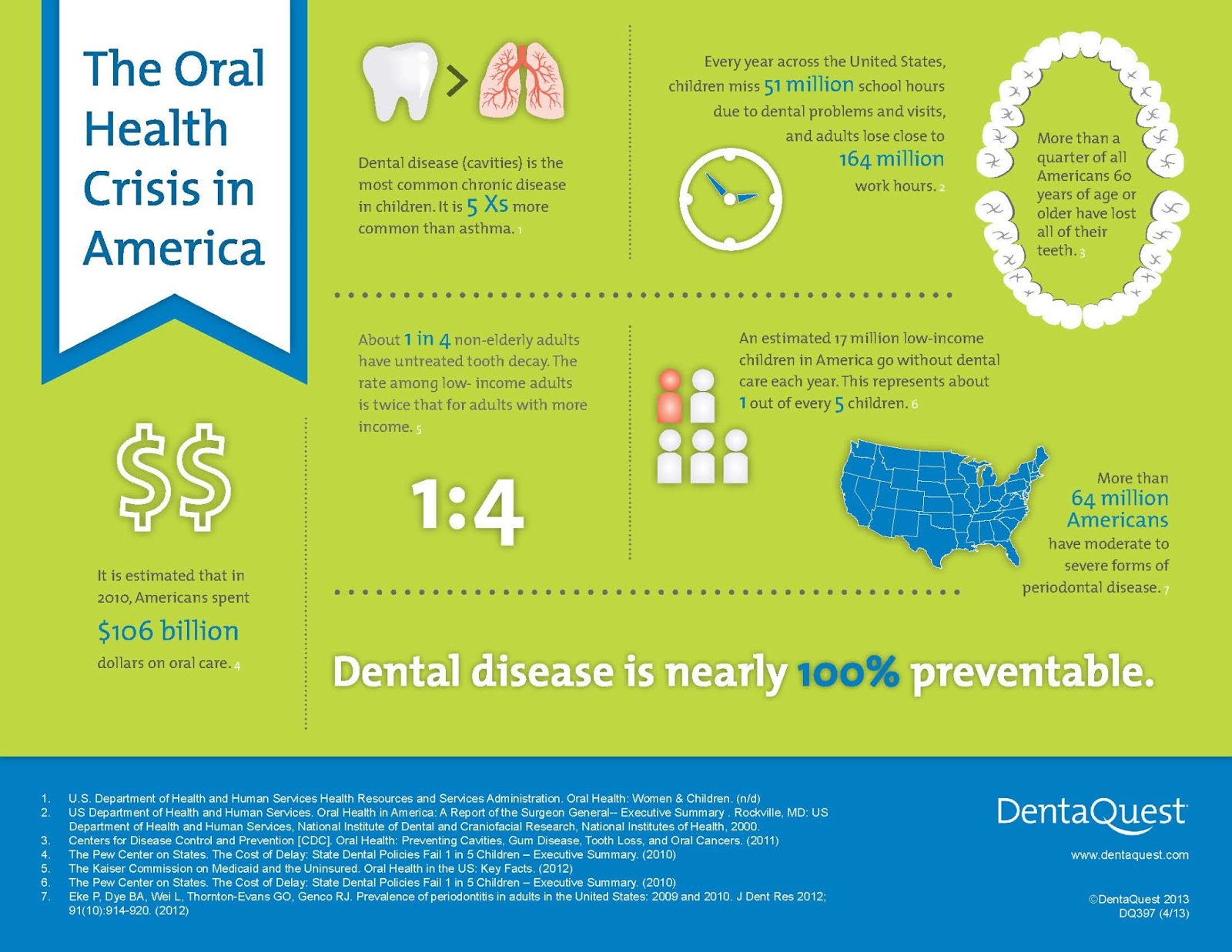Invisalign Vs. Traditional Braces: An Extensive Contrast
Invisalign Vs. Traditional Braces: An Extensive Contrast
Blog Article
Web Content Produce By-McNeil Trevino
When confronted with the choice between Invisalign and standard dental braces, you could ask yourself which option aligns much better with your way of life and preferences. The option includes more than just the visual charm; it looks into variables like therapy period, convenience, and long-lasting dental wellness results. Think about dentist for kids near me might carry your day-to-day routine and confidence. As we check out the comprehensive contrast, you'll obtain understandings into the nuances that make these orthodontic therapies special and uncover which one may be the better fit for you.
Materials and Building and construction
When comparing Invisalign to typical dental braces, the materials and building differ considerably. Invisalign contains clear, smooth plastic aligners custom-made to fit your teeth. These aligners are practically unnoticeable, making them a preferred selection for those looking for an extra very discreet orthodontic treatment.
On the other hand, traditional dental braces include metal braces that are glued to your teeth. These brackets are then connected by cables and elastic band, using stress to gradually shift your teeth into the desired position.
The building and construction of Invisalign aligners permits a much more comfy fit compared to conventional braces. The smooth plastic product decreases inflammation to your cheeks and periodontals, which is a common problem with steel brackets and wires. In addition, Invisalign aligners are removable, making it easier to clean and floss your teeth with no obstructions.
On the other hand, typical braces are taken care of onto your teeth, requiring additional care and time for proper upkeep.
Upkeep and Oral Hygiene
The maintenance and oral hygiene practices vary in between Invisalign and typical braces as a result of their distinct design and building.
With Invisalign, you can eliminate the aligners when eating or cleaning your teeth, enabling you to preserve your routine oral health routine without any obstructions. It's critical to clean your teeth after consuming before placing the aligners back on stop food bits from getting trapped and triggering decay.
On the other hand, traditional dental braces need added focus to maintain your teeth tidy. Food particles can easily get embeded the braces and cables, resulting in plaque build-up and prospective dental caries. You'll need to use unique devices like interdental brushes or floss threaders to tidy between the cables and braces efficiently.
Regular oral exams and cleanings are vital to guarantee that your dental health is in top condition while wearing standard braces.
Visibility and Looks
Visibility and visual appeals play a substantial role in the comparison in between Invisalign and typical dental braces. When it comes to appearance, Invisalign uses a clear benefit over typical dental braces. Invisalign aligners are basically invisible, making them a preferred selection for those who favor a more very discreet orthodontic treatment option.
Unlike the noticeable metal brackets and wires of conventional dental braces, Invisalign aligners are clear and assimilate with your natural teeth, permitting you to grin with confidence throughout your treatment.
Typical dental braces, on the other hand, are more noticeable as a result of their steel elements. While some may select vibrant bands to customize their braces, others might feel awkward about the exposure of these orthodontic home appliances. The famous look of conventional dental braces can often impact a person's self-confidence, especially for grownups in specialist setups.
Highly recommended Internet page
In conclusion, when picking in between Invisalign and traditional braces, consider your way of life and preferences. Invisalign supplies a very discreet and comfy alternative with simple maintenance, while traditional dental braces offer colorful modification but may impact self-worth.
Ultimately, the decision must be based on what works best for you in regards to appearances, comfort, and convenience. Make certain to seek advice from your orthodontist to establish the most suitable treatment for your private needs.
